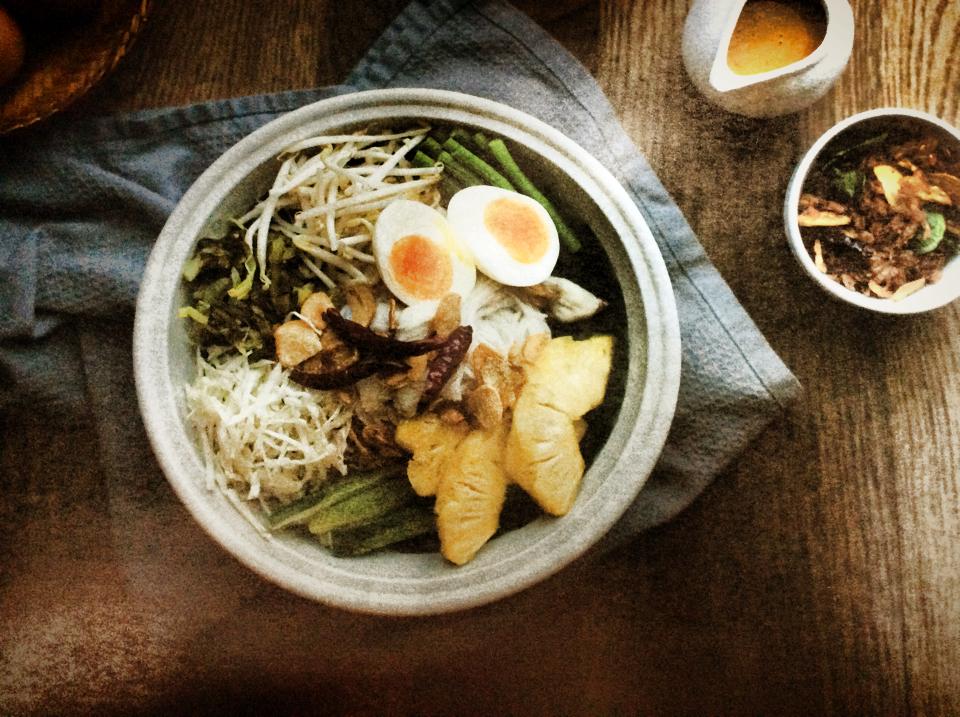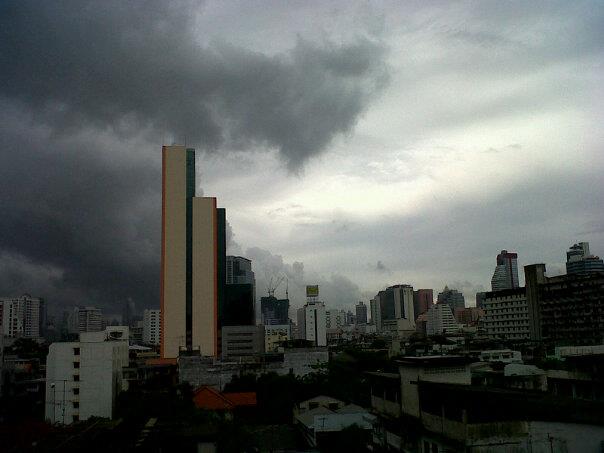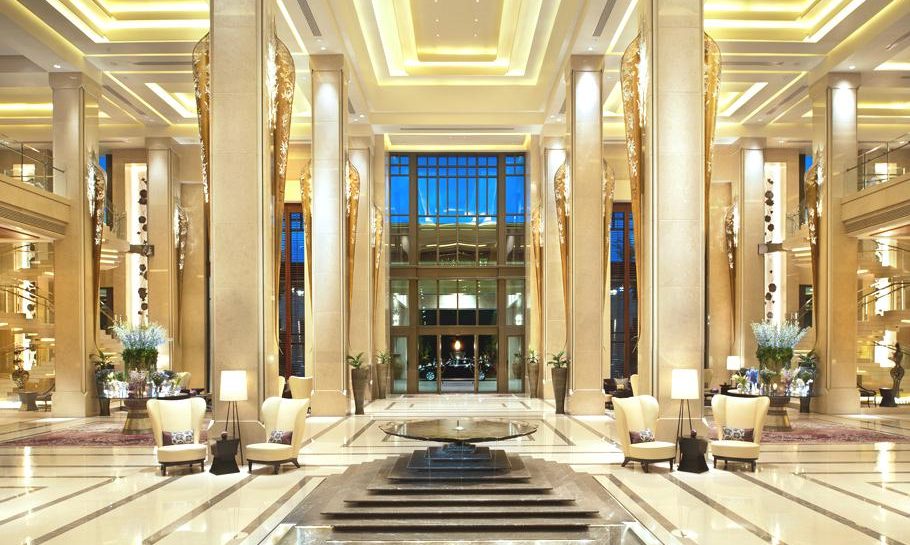
Bangkok – one of the most popular destinations in the world attracts people with its beautiful culture, warm hospitality and prestige of Thai cuisine and spa.
Contributed by feature reporter Jens Hoffmann
Cool, hot, contempary style, constant flury of fun, glamour and a bit stressful.
Everyone knows that the “City of Angels” is smooth as silk.
I spend a few days in the lovely Siam Kempinski having the best time.
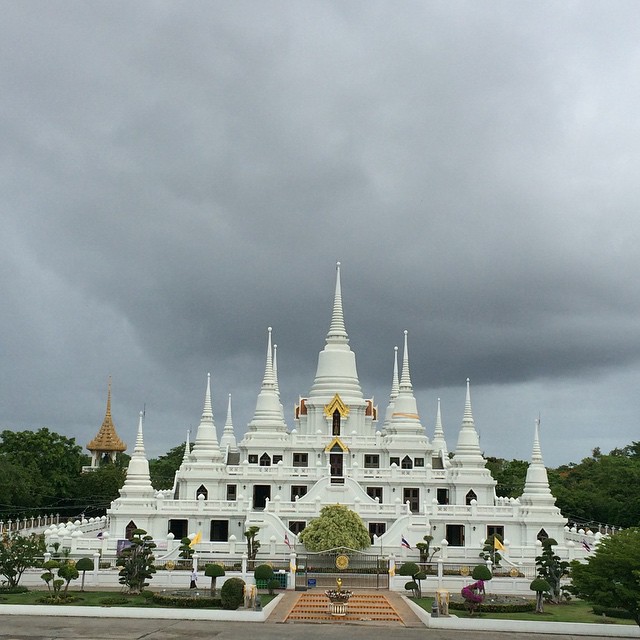
I used to live for three years in Bangkok (Sathorn). Since these days my favourite destination.
Today we feature a exquisite luxury place to be for joy & living, working and fresh starts.
The Siam Kempinski Hotel, is part of Europe’s oldest luxury hotel group, Kempinski Hotels.
Every one of the hotel’s 303 rooms and suites overlooks the surrounding gardens and pools, and 21 rooms have direct access to the pool. It also houses 98 serviced residences for long-stay guests.
Kempinski’s first hotel in Thailand is wellknown for its elegance and glamour in the heart of the city.
All these rooms offer guests direct access to the garden, and are only a couple of steps from the private terraces and the swimming pools. All rooms are equipped with everything you would expect in a five-star international hotel. One of the largest private suites in Bangkok at 300 square metres is the Royal Suite, it also has a secluded 120 square metre terrace complete with Jacuzzi. Located on the 16th floor of the Royal Wing, the suite includes a master bedroom, two additional bedrooms one which could be used for personal staff or security. The Royal Suite includes a spacious living room, separate dining room, private bar and private gym.
The hotel’s three fine-dining restaurants include Sra Bua by Kiin Kiin, where renowned chef Henrik Yde Anderson from Copenhagen serves gastronomic versions of Thai cuisine, with scented smoke used to recreate the atmosphere of a local street market.
Yummy.
A buffet breakfast is served in the gardens amidst palm trees and fountains and also in the exclusive Executive Lounge on the 17th floor. Attracting a well-heeled crowd, the hotel is just a short walk from the restaurants, shops and hustle and bustle of walkway-linked luxury shopping malls.
The hotel has direct access to the BTS Skytrain, which makes travelling in BKK lot of easier.
Thai artistic heritage is a key theme of the Siam Kempinski Hotel. The property will display over 4,000 pieces of art, including over 200 original paintings and sculptures by Thai artists commissioned by the property.The Kempinski’s uniqueness combined with Asian elegance and thai hospitality gave us a perfect time.
Our tips:
BKK- visitors often regard boating as their most rewarding city experience, even though the ‘Venice of the East’ label barely applies any longer, since most Bangkok canals have been lost to road-building.
Yet khlongs still thread through the Thonburi west bank and branch into the plantations of Nonthaburi, stretching on throughout Thailand’s Central Plains, connecting rivers, rice farms, towns, temples or just take a local boat for 10 Baht.
Exploring the waterways requires some strategy. The rule to bear in mind is that the longer you spend, the greater the value and rewards. A half-day enables you to see the mostly urban canals of Thonburi, now heavily scarred by concrete flood barriers, because this delta instinctively wants to overflow. A full day takes you upriver and into a rustic canalscape barely modernised – though riparian lifestyles are changing fast.
For sure, eat local and escape the tourist menus. Eat local. Bangkok’s position, between India and China, encouraged its cooks to borrow from both – and beyond. And yet, the Central Plains cuisine remains singular in its style and complexity, and is served by most upscale Thai restaurants. This is Thailand’s most elevated culinary form – making use of fresh local herbs, seafood and meats in piquant salads, spicy soups and that famed red, yellow, green curry.
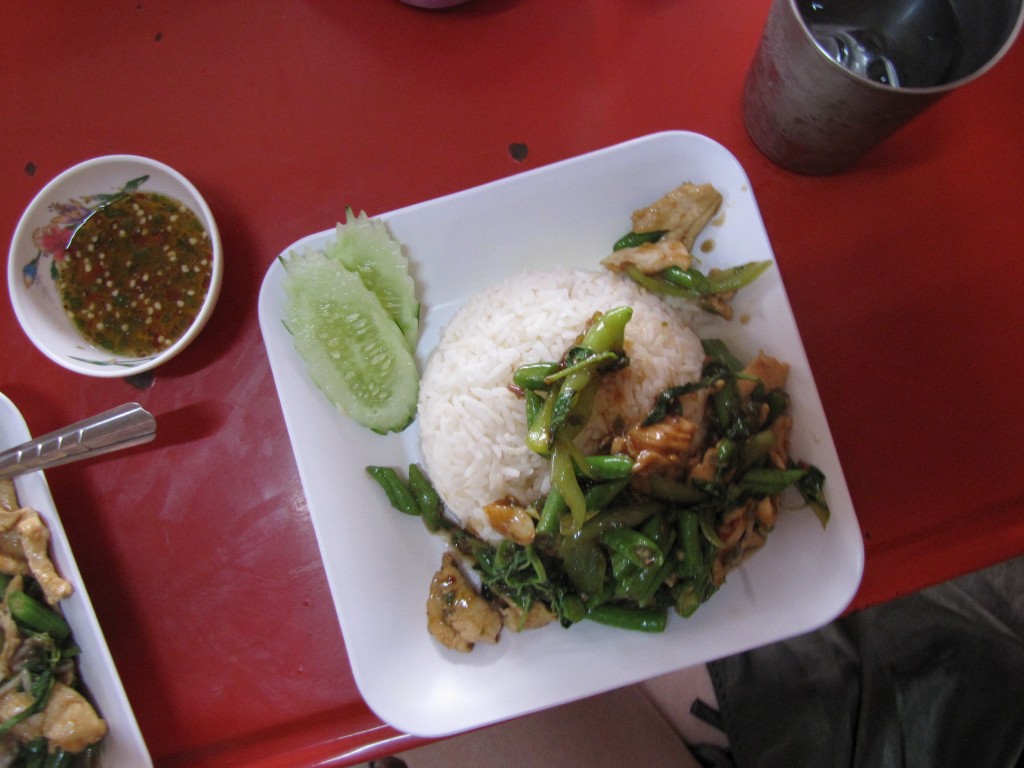
Regional menus have their niches, especially the salads, grilled meats and sticky rice of Isaan, Southern Thai dishes exhibit their pungent spiciness at Ruen Mallika. Lanna (northern) food, influenced by Burma and Yunnan, is found at food markets.
The owner of suave Thai restaurant Ruen Urai suggests exploring Bangkok’s culinary scene by context, from streetfood up to fine dining. Resembling a 1950s Tokyo diner, Bo.lan or Okura hotel serves small but good value meals. At Chote Chitr dishes are as close as you’ll get to honest home cooking in a restaurant setting, while the homely, buzzing Taling Pling combines bright decor with tasty rural cooking.
Classical dance-drama embodies sacred rites and Thai thespians believe they must succumb to their characters’ spirit. Before every show, cast and crew convene for a wai khru rite to honour their masters. Many times daily, devotees thank the spirits at Lak Muang and the Erawan Shrine by commissioning resident dancers to do an excerpt of Lakhon Chatri, a typically slow, mannered dance derived from the Malay-influence Manohra repertoire. No wonder Thai dance is so beguiling; it channels the gods.
Immerse yourself in the beauty of Buddhist temples better wats, spotting swanlike chofa finials, ornate gables, roofs of green and orange tiles, crown-like windows, conical chedi (stupas) clad in gold, stucco or ceramic mosaic, or leaf-shaped sema boundary stones.
Most communities have at least one wat, but a few are stand out must-sees.
New ideas and individualism are weaning Thai art from religious subjects and revered masters’ templates. Curators at progressive galleries showcase a new generation of artists with reputations for conceptual art driven by folk, ethnic and pop culture.
The map Art Connection (monthly) covers all art happenings.
Thailand is a world holistic centre with an Institute of Thai Traditional Medicine, supplementing the know-how of Wat Pho, a vast, mellow temple, where visitors can learn Thai massage in English. Meditation is taught at centres like Wat Mahathat.
An unrivalled breadth of swish hotel spas and budget massage houses dispense indigenous and imported therapies.
Try Arima Onsen for reflexology and Thai massage, Bodhi for hi-tech diagnostics and workouts, Divana Spa for couples and families.
Taxis play morlam, the infectious, upbeat folk music from Isaan, Thailand’s northeast, but try it live at Isaan Tawandaeng. Meanwhile, Raintree hosts ‘songs for life’, a mix of Thai riffs and country rock. Jazz merges into blues here, as at Saxophone, Brown Sugar, Bamboo Bar or sometimes Rain Dogs. Brick Bar and Bu-ngah serve up energetic ska. Even heavy metal has a home in Bangkok, at the Rock Pub. Many clubs have house bands or gigs by Thai pop or indie acts.
The sidewalk is Bangkok’s de facto dining room. Much vendor cuisine has Chinese ancestry – from Hainan chicken rice (khao man kai) to duck noodles. So Chinatown, with its sensory blur of vendors at Thanon Yaowarat and Soi Texas makes a great place to graze. But first get some context at Nang Leong Market, a pretty clean market serving classics from sweet kanom to savoury pork shank rice (khao ka moo), along with Ngua Doong Nang Leong’s steaming beef offal soup and other oddities. Try Talad Or Tor Kor for upscale regional specialities, or Sukhumvit Soi 38 in Thonglor. Other one-dish destinations include Kai Thord Soi Polo (Isaan-style fried chicken); Khrua Aroi Aroi (curry over fresh rice noodles); Mid Night Kai Ton (Hainan chicken rice); Pet Tun Jao Tha (duck and goose); Roti Mataba (stuffed flatbread and curries); and Thip Samai (pad Thai).
Thai crab curry on street and street eating is in Thailand a voyage of discovery.
Once famed for its exotic crafts, silk and copy goods, Bangkok has reconfigured traditional crafts into a neo-Thai design aesthetic with indigenous materials, tropical colours and pared-down Thai forms. You can see this elegant style applied across clothing, decor, accessories and home spa products. ‘Original’ is gradually displacing ‘copy’ as Bangkok’s retail mantra. Head to River City and Chatuchak Weekend Market for antique Asian objet d’art; to Chatuchak, Khao San Road and Sukhumvit’s Nana areas for souvenir crafts; Paragon Passage at Siam Paragon and Exotique Thai at Emporium for higher quality Siamese collectibles. Traditional crafts include Thai silk, a heavy, coarse, lustrous fibre made famous by Jim Thompson.
When Bangkokians go on long beach weekends, the more conservative head for Hua Hin, while the sparkier, younger set zooms southeast to Ko Samet, a dagger-shaped islet in Rayong province.
Without getting on a plane, you can even enjoy Pattaya by bus, the sand is fine and the water is clear.
Rooftops restaurants and bars have gained cachet in this cramped, humid soi-scape – they offer escapism, a view and a breeze. The narrow Vertigo and its casual Moon Bar inspire queasiness as you step onto the 61st-floor deck. Sirocco places greater emphasis on the food, with an upscale Italian menu served against a backdrop of extraordinary views. The Sky Bar, a crowded cusp with glass rails overhanging a 65-storey drop, provides Bangkok’s coolest snapshot.
New vistas open up as skyscrapers in-build this concept. Central World has two. Red Sky offers fine dining and a wine bar from a 55th-floor perch. Slightly cheaper, Zense, on the 17th floor of Zen department store, is a something nice.
To avoid the hundred-dollar-a-head bills many people go to these bars just for sundowner drinks. Those with lower budgets still have less elevated rooftop alternatives, like the Gazebo Moroccan bar-restaurants in the areas of Banglamphu and Sukhumvit, and Phranakorn Bar, where in-the-know hipsters have a private panorama of the Golden Mount.
Fashionistas wanted, Siam Square has for decades been a laboratory for Thai fashion. The sartorially inventive teens promenading here take their cue from Japan but delight in Thai whimsy. Young designers start in tiny shoplets threading between the sois, or at Chatuchak Weekend Market. Some open boutiques in Siam Center opposite, with Theatre and Baking Soda among the most fondly enduring. Although global chains have muscled in, indie labels still cater to the trendiest of tastes.
Those that ‘go inter’ graduate to Gaysorn or Siam Paragon. Few have proven to be as savvy at design, marketing and logistics as the pioneering Fly Now, which has twice opened London Fashion Week. Its designer Chamnan Phakdeesuk traditionally ends Bangkok International Fashion Week. Held each March at Siam Paragon, BIFW inherited the mantle of Bangkok Fashion City, but long pre-dating this, Elle Fashion Week helps emergent designers and is now held twice a year at Central World.
Resto tip in BKK:
Streetfood!!!!
Over the top:
Sirocco is the world’s largest all open-air restaurant and “Sky Bar” it is located on the 64th floor of the State Tower in Bangkok.
The restaurant serves nice, a bit overpriced food and its main feature is a spectacular panorama view of the Chao Phraya river and Bangkok city.
Information:
Hotel Siam Kempinski
